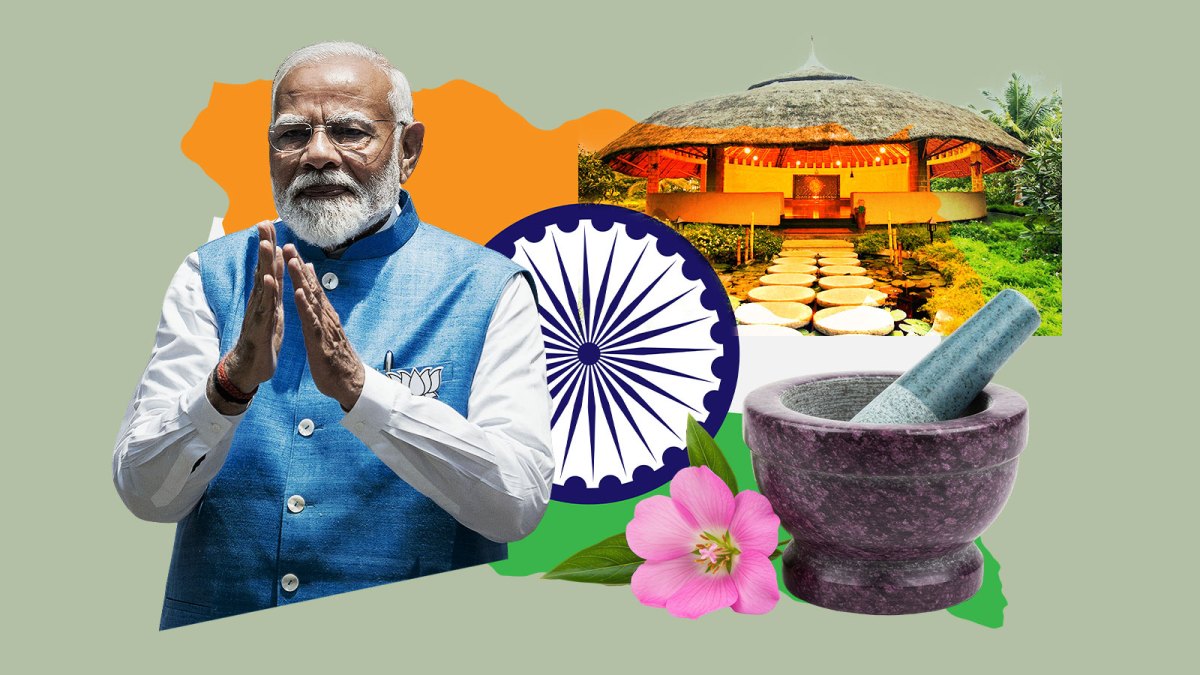Narendra Modi switched to English. He had a point to make. “Rosemary, are you here?” asked India’s prime minister. Rosemary Odinga stood up. It was her moment to take a stand for ayurveda, the ancient Indian system of medicine.
Her hands clasped in thanks, the daughter of Kenya’s former prime minister Raila Odinga explained that she had lost her vision after a brain aneurysm in 2017. Since then, she said, she had been to China and other countries to find a way of seeing again. “Nothing seemed to have helped,” she told the conference room in Gujarat three years ago.
Modi took up the story. “As a father, Odinga searched high and low, went to various places, but the attempts were unsuccessful,” he said.
“Finally, he found some promise here in India. Recently, he met me. It was a Sunday and Odinga is my dear friend. He had become so emotional and spoke about their struggles after his daughter, post-surgery, lost her vision. After receiving treatment in India, she has regained her vision and her father told me that those were the golden moments when she could see.”
The therapies she credited included natural oral remedies, eye massages and a procedure called Taila Dhara which involves the continuous pouring of medicated oil on relevant parts of the body.
Three years later, Rosemary’s father died, just at the moment he was said to be repaying his old friend Modi by bringing ayurvedic medicine to Kenya. Odinga told Modi after his daughter’s recovery that the clinic where she had been treated in Kerala, the Sreedhareeyam Ayurvedic Eye Hospital and Research Centre, “should come and set up a branch in Nairobi”.
Odinga, 80, was walking in the garden of this same clinic with his daughter by his side, as well as his personal doctor and bodyguards, when he collapsed and died from a heart attack this week. He had visited, according to the centre’s director, “for general ayurvedic treatment such as massages and a special diet”.
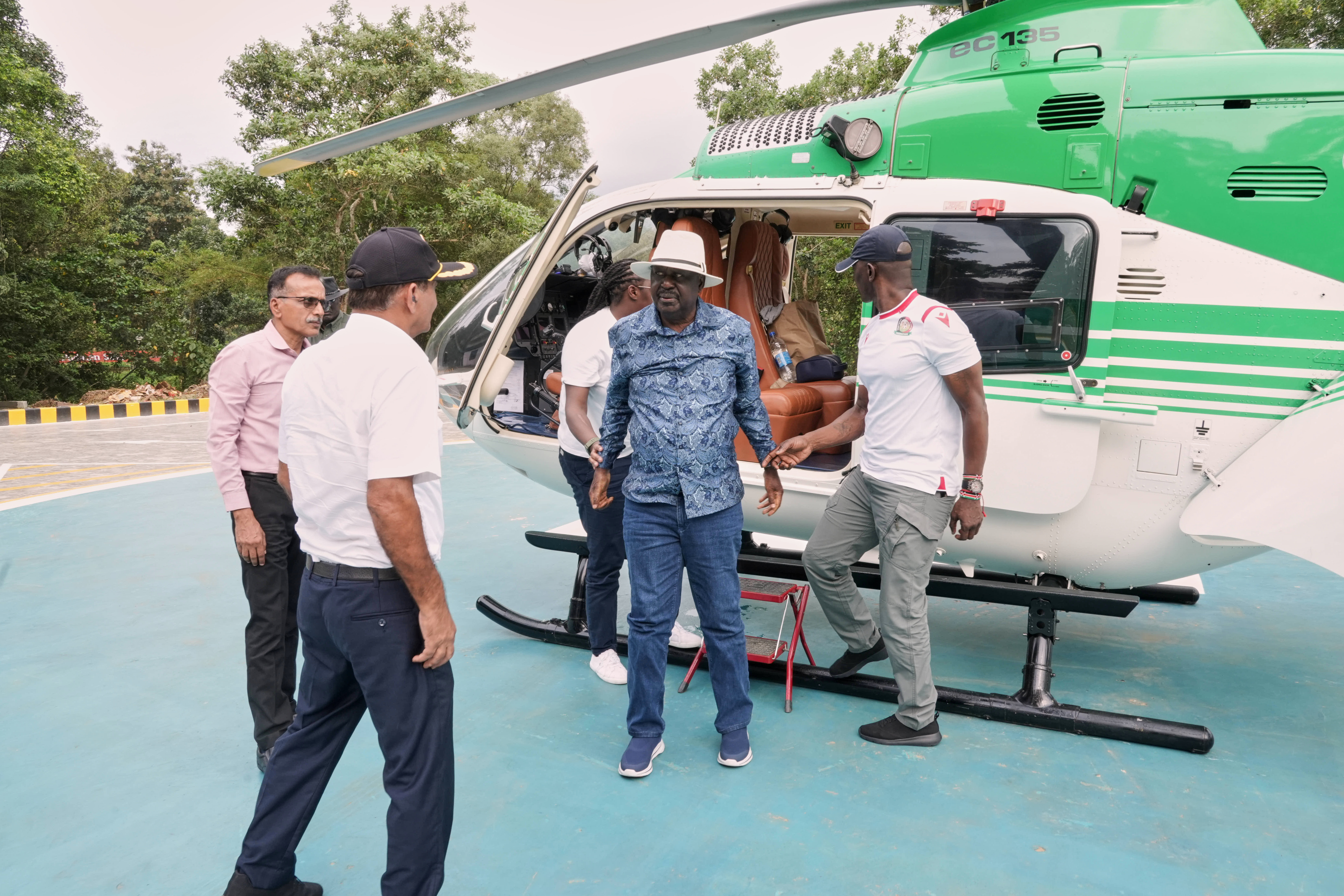
Raila Odinga arrives at the Sreedhareeyam ayurvedic hospital in Kerala on October 10
MANU KS/AP
If the main plank of Modi’s premiership is to “Make in India”, the other is to “Heal in India” through ayurveda. Domestically, a transformation of Indian health is well under way, to howls of protest from doctors in what was once a secular nation but is now governed by Modi’s Hindhu-nationalist BJP.
Underscoring the creep of ayurveda, which derives from the Sanskrit words ayur (life) and veda (science or knowledge), the country’s medical regulator has been criticised for trying to “please political bosses” by displaying a religious deity — Dhanvantari, the physician of the gods in Hinduism — on its logo. More than 3,000 years old, the central idea of ayurveda is that health and wellness depend on a balance between prakriti (the body’s constitution) and dosha (life forces), and the onus is on prevention rather than cure. It has been promoted in all areas of Indian life with ayurvedic doctors allowed to perform certain surgical procedures.

An Indian doctor prepares ayurvedic medicine
ALAMY
As part of efforts to integrate it into conventional medicine in public healthcare, ayurveda departments have opened in some large state-run hospitals. A 150-bed ayurveda hospital is in development in Rohini in northwest Delhi and will be spread over three acres. At the foundation-stone-laying ceremony, Modi said: “The day is not far when, along with ‘Make in India’, the world will also adopt ‘Heal in India’ as a slogan.”
This promotion of ayurveda, and the hundreds of millions of dollars spent on it in medical research, is yielding another unexpected result. The growth of international soft power. More than 30 countries have given recognition to ayurveda, Modi said in a speech in 2022: “We have to reach more countries by united efforts.”
The focus on alternative treatments has drawn the rich and famous to India. The King and the Queen, for example, stayed for three days last year at the Soukya international holistic health centre on the outskirts of the southern city of Bangalore. Soukya offers a wide range of ayurvedic treatments and has long been a royal favourite. The King spent his 71st birthday there in 2019 and the Queen has visited with friends several times. According to local media, the King underwent several ayurvedic rejuvenation, detoxification and immune system-boosting therapies.
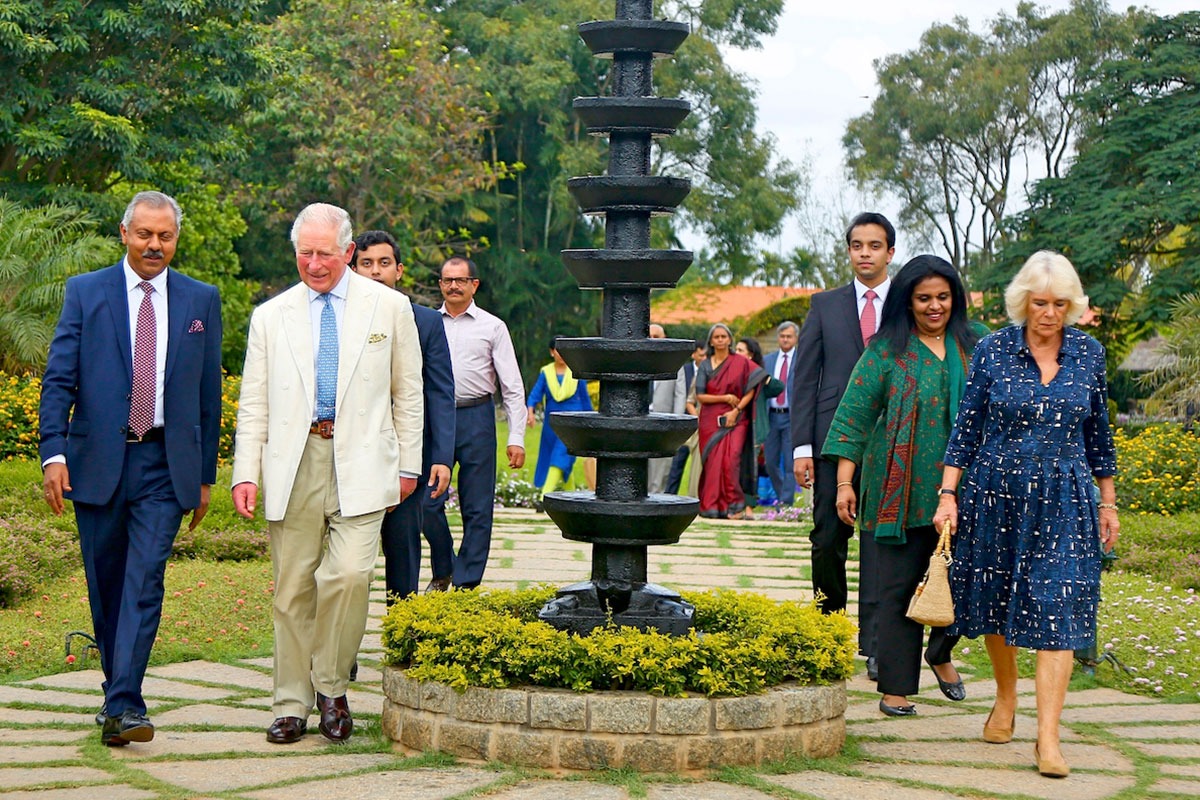
The King and Queen at the Soukya health centre
SOUKYA
Then there’s the Duchess of Sussex, who turned to an ayurvedic doctor when she was pregnant with Prince Archie and Princess Lilibet. Meghan has spoken of the benefits of “adaptogens”, such as plants and fungi used in herbal medicine, while admitting that some people consider the approach psychedelic and “woo-woo”.
It may well be.
• King’s charity must return cash given for alternative medicine clinic
Emily McBurnie, a wellness adviser to wealthy Indians, has witnessed the success of the campaign as her clientele ask for lifestyle tips based around the traditional medicine.
“Earlier they used to go for ayurveda for detox or to lose weight. Today, they have Mounjaro for weight loss. Now they go for a wider goal — how to develop a long-term lifestyle that is ayurvedic rather than a one-off fix for a specific problem,” said McBurnie.
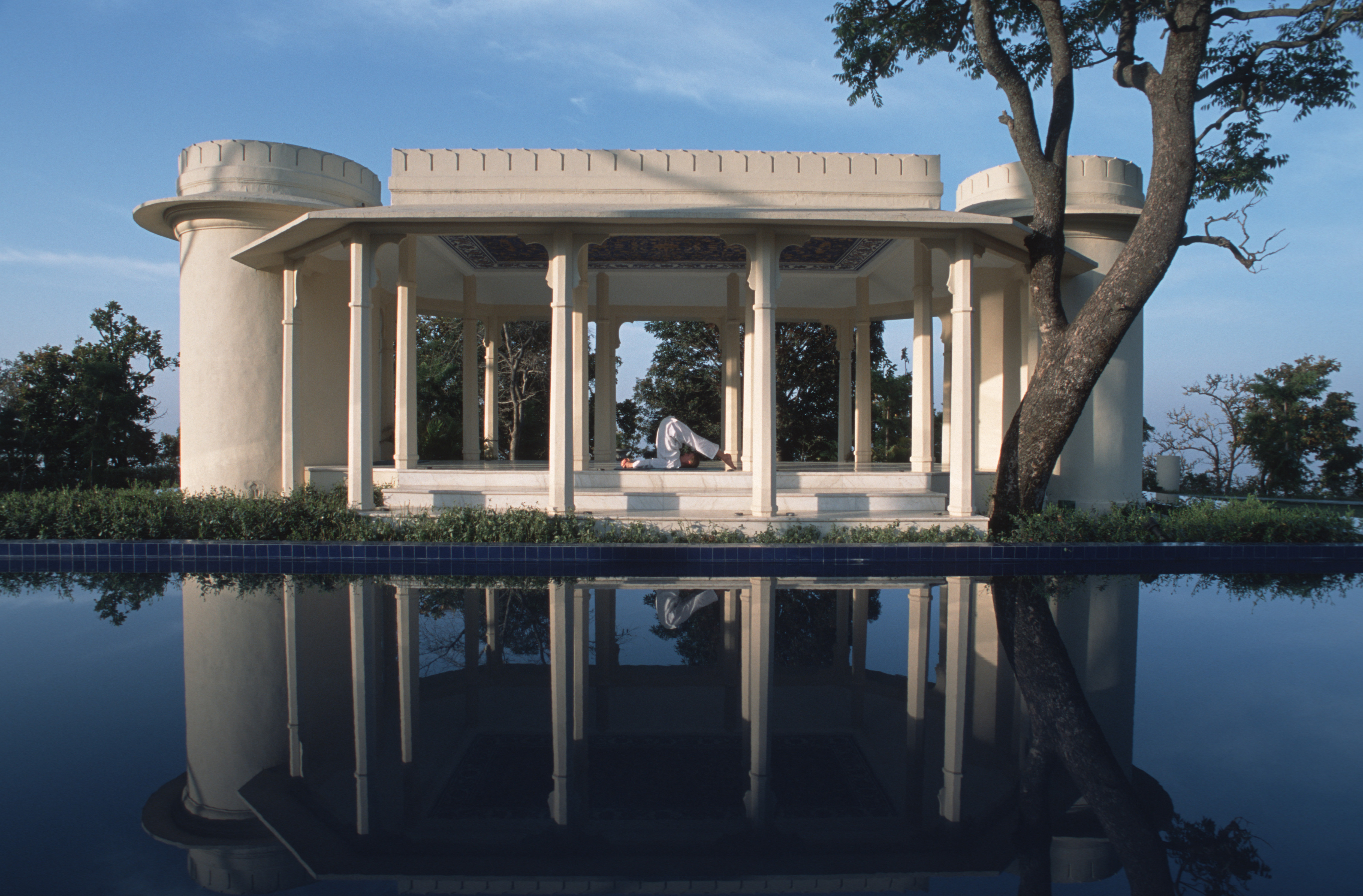
A guest practises yoga at Ananda in the Himalayas. Below, a massage at the spa resort in Rishikesh, Uttar Pradesh
LEISA TYLER/GETTY
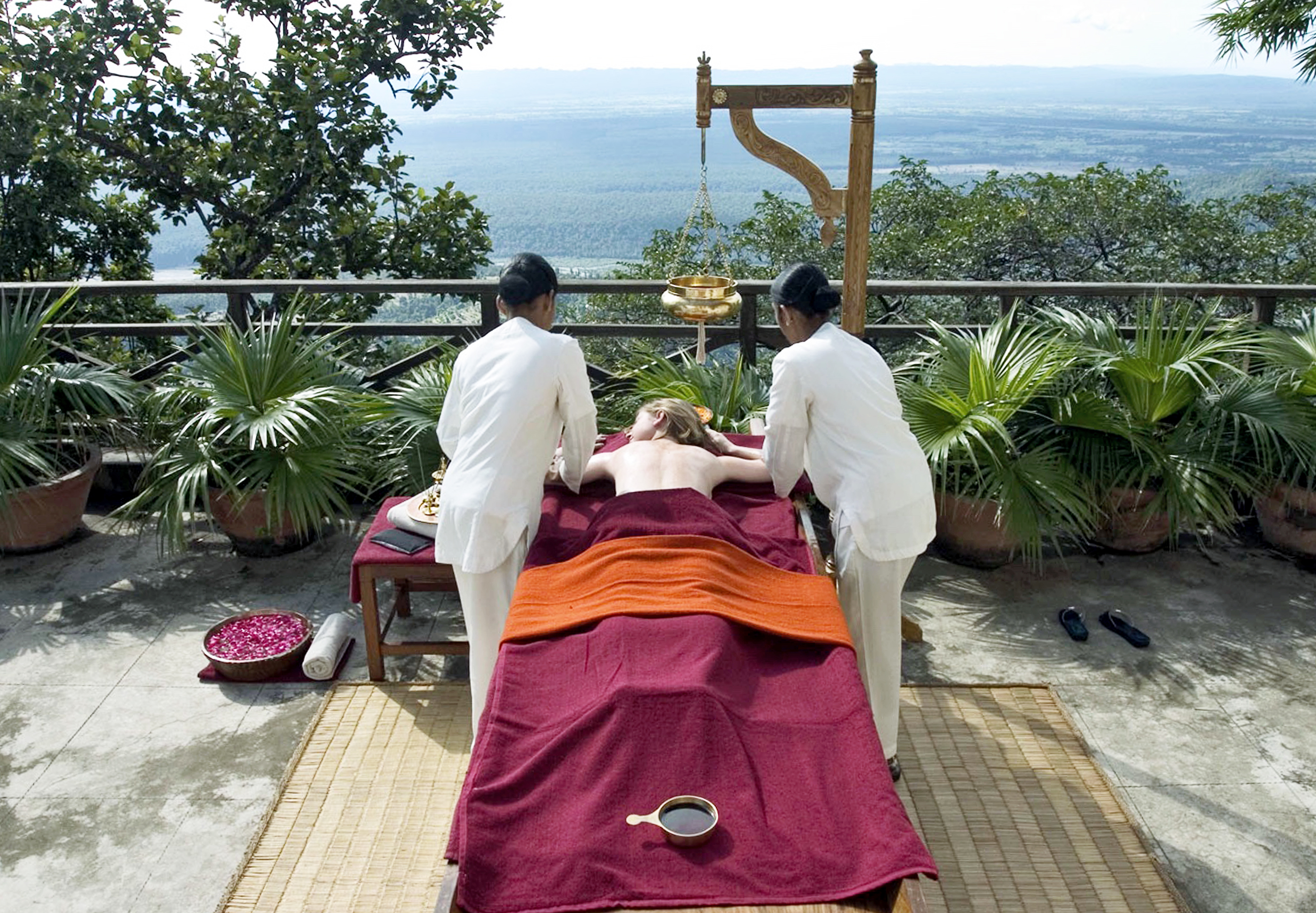
Many Bollywood celebrities, including Shilpa Shetty, Akshay Kumar and Kareena Kapoor Khan, incorporate ayurveda into their daily regimen of yoga and traditional diets.

Shilpa Shetty
PRODIP GUHA/GETTY IMAGES
There is also a surge in ayurveda exports as the global “wellness” industry experiences a golden age and many retreats will now offer an ayurvedic programme. Some have been set up entirely in its honour, like the Ayurveda Resort in the Styrian hills of Bad Waltersdorf, Austria, and the Engel Ayurpura retreat, which looks down on the valleys of the Dolomites in Italy.


In December, Kerala hosted a conference touting ayurvedic practices to a foreign audience, reportedly promoting a product called Kan Killer that promised to eliminate cancer without chemotherapy — for about $65 a bottle.
For Modi the argument for ayurveda harks back to colonial times: he claims that the West’s promotion of modern medicine comes at the expense of Indian traditional alternatives. As a result he says Indians have neglected their heritage while western companies have mined ayurvedic traditions for cures, filed patents and sold products without crediting India.
• 13 of the best yoga retreats in India
Mauritius is another African nation that appears to be embracing “India’s gift to the world”. Professor Ish Sharma, who was ayurveda chair at the University of Mauritius from 2021 to last year, helped to make Mauritius the first country to incorporate the ayurvedic diet into its school curriculum, announced last week.
He was also involved in building a 5,000 square metre ayurvedic garden in the island nation’s presidential residence. He has since returned to India where he is pressing home the message. “Every medical system has its own strengths, but the health of every individual is ultimately their own responsibility,” he said. “If we want to prevent non-communicable diseases, society must become aware.”
He added: “The basic principle of ayurvedic diet is mindful eating.”
This essentially means not looking at mobile phones or watching television during meals. Also, he has said, it is important not to overeat, and to limit consumption of sugar, salt, oil and ghee. Eat early, too, ideally before sunset, he added.
In an interview with The New Indian Express, Tanuja Manoj Nesari, director of the All India Institute of Ayurveda, said: “It embodies India’s rich cultural heritage and serves as a unique selling proposition that cannot be replicated elsewhere. This is a soft power of India, akin to our art and culture, and it holds immense potential for boosting the economy.” In Britain, an all-party parliamentary group for Indian traditional sciences has lobbied for ayurveda to be included in NHS treatments.
Dr Anita Nayar, a gynaecologist, said ayurvedic practices should be allowed only when there was scientific evidence of safety and efficacy. “They lack large, high-quality clinical trials that meet modern scientific standards,” she added.
Sharma said the time factor was important. “Being treated by an ayurvedic practitioner might take weeks and months,” he said. “That’s precious time that’s lost, possibly resulting in the patient’s condition deteriorating and requiring more aggressive treatment.”

